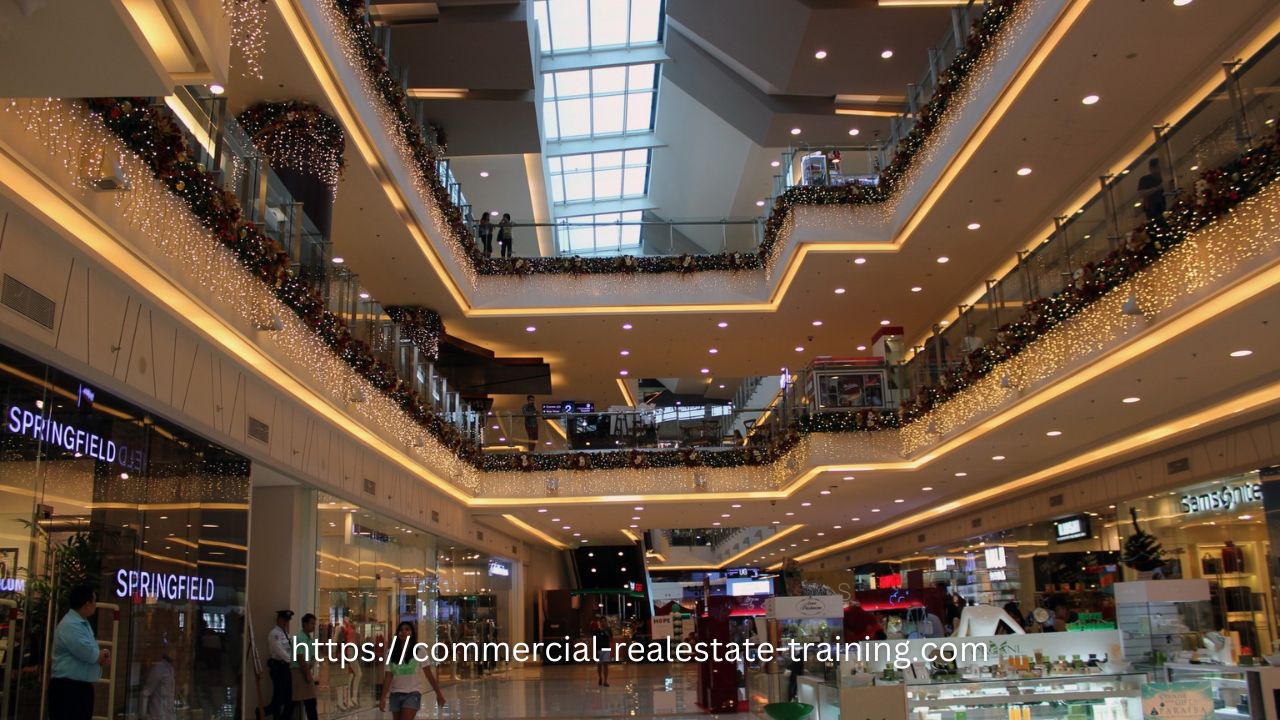Developing a Comprehensive Retail Tenant Checklist Protocol
When you manage or lease a commercial or retail property, it is wise and crucial to have a strategy for handling vacancies and tenant movement. Given the size of the tenancy mix and the property’s positioning, tenants will come and go.
Having a tenant turnover checklist and protocol is a good idea and necessary for improving investment outcomes. Vacancies happen, like or not, and strategies should always exist to handle those issues.
Where do you start with this? Developing your protocol and system for replacing and changing tenants is, therefore, critical to the success of your leasing and management functions. Your retail tenant checklist approach helps you save time, cover essential issues, and control the tenant changeover and sourcing process.

Protocols for Leasing Retail Premises
So, what is the first stage of this process? Use the practical ideas below to build your checklist for that stage and focus.
1. Review the entire tenant mix first
The first stage of developing your tenant turnover checklist and protocol is to conduct a comprehensive review of the entire tenancy mix. This includes understanding where tenants are placed, each tenant’s lease terms and conditions, and identifying priority retail tenants that require repositioning, replacement, or upgrade.
This review can be complex, especially for more significant properties, so it’s important to take detailed notes and consider any input from the landlord during this process. Know the tenant mix and the variations between leases and occupancy situations.
What are the landlord’s instructions if leasing standards need to be set? Given the client’s instructions, how can the leases be interpreted legally?
Always look ahead when it comes to the tenancy mix and the full retail property. Consider the next 18 months and what can and will happen by way of critical dates for all tenants. Put those dates and events into a timeline that you can watch and monitor. Each month end, and before you do the landlord monthly report, you can check the timeline and formulate plans, strategies, and leasing requirements. Landlords appreciate a forward-looking approach to property performance.
2. Lease documentation review clauses
So, how do you start the review? Every tenancy situation and lease document needs to be examined and assessed for strengths and weaknesses. Read every lease document and take notes regarding the lease covenants that apply to the tenant and the landlord.
Also, consider the lease expiration date and its potential impact on the property’s rental cash flow and income streams. Every lease will end at a particular point in time, and leading up to that lease expiry process, there are things to consider and activate so that the vacancy period is reduced.
3. Vacancy threats and timelines
Consider what can and should happen when the tenant departs the property. Given the terms and conditions of the tenant’s lease, create a timeline for the process. Consider the lease covenants that apply to the occupancy and any terms and conditions that must be satisfied when the tenant vacates the premises.
Create a timeline. In any complex lease situation, the lease termination timeline will allow you to track many active issues as the lease ends. Look for situations where premises are to be made good (and to what quality), premises are repaired, and property is presented.
4. Landlord and Tenant works
Generally, any repair or maintenance items should be rectified before the lease ends if the tenant is liable for or required to do so. Check the lease out to ensure that repair and rectification works are identified and known.

5. Fulfil lease obligations
Communicate to the tenant in writing to explain the lease obligations they must fulfil before vacating the premises. Do that in the lease end or termination discussions as early as possible.
Ensure that you have the tenant’s agreement to process and vacate the property and, as part of that, fulfil all lease terms and conditions required. Ensure the tenant understands their obligations under the lease document and the timeframes needed to complete work. It may be that the tenant must prioritise repairs and maintenance before making good on the premises.
6. Resolve tenant and make good diputes
Sometimes, tenants dispute repair, make good, or lease termination matters. Therefore, all correspondence and notes from any meetings should be documented. There are expected to be disputes and disagreements at lease termination and tenant vacating.
Keep your notes from any discussion or meeting. As a special note, ensure that all matters of lease rental, outgoings recovery, and rental arrears are fully discharged and paid before the end of the lease.
7. Define the target market
Know the target market for the property and how the vacancy should be promoted. When all the previous points are known and satisfied, you can construct an advertising and marketing campaign to lease the premises to new tenants as soon as possible.
The question will be, what types of tenants do you need for future occupancy? This question can be complex in a retail property, as you can choose from many kinds of tenants. It is not just a matter of filling a retail shop vacancy but of finding the best tenant for the asset and the overall tenant mix.
8. Media choices and promotional campaigns
Consider the media choices and promotional campaign for the property. When you choose the tenant type for the location, you can decide the media choices for marketing the vacancy. As part of that, showcase the property’s features and the amenities available to the tenant.
9. Factors of Attraction
Attractive factors can be merged into the property marketing campaign. Those factors relate to the premises, the property, the improvements or amenities, and the leasing potential.
That says you should look at the premises from an occupancy perspective and how they can enhance a tenant’s business. When you locate potential retail tenants through marketing, establish screening criteria for prospective tenants.

Tenant Control Strategies are Effective
Taking these strategies and ideas forward, you will need a package of rentals and standard lease terms to show prospective tenants so they can initiate a lease negotiation. Consider the market rentals for retail premises of that type in that location in today’s market, and what market rentals you should ask for when creating a new lease.
The tenant will likely ask for leasing incentives to take up a new lease for the premises, and your choices of incentives will include rent-free, fit-outs, and cash incentives. The incentives offered in a premises lease are generally not ‘free’ and should be ‘added’ to the rental returns over the lease duration.







